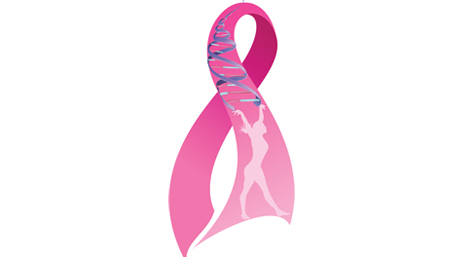
11/19/2021
Hot Topics of the Day are picked by experts to capture the latest information and publications on public health genomics and precision health for various diseases and health topics. Sources include published scientific literature, reviews, blogs and popular press articles.
Sign up MyPHGKB to receive the daily hot topic email alert.
Archived Hot Topics of the Day By Date
Incidence of SARS-CoV-2 Infection, Emergency Department Visits, and Hospitalizations Because of COVID-19 Among Persons Aged ≥12 Years, by COVID-19 Vaccination Status — Oregon and Washington, July 4–September 25, 2021
AL Naleway et al, MMWR, November 19, 2021
Automated Digital Notification of COVID-19 Diagnoses Through Text and Email Messaging — North Carolina, December 2020–January 2021
L Farrell et al, MMWR, November 18, 2021
COVID-19 vaccines for children
JS Gerber et al, Science, November 19, 2021
Global Mutational Sweep of SARS-CoV-2: from Chaos to Order
X Wang et al, BIORXIV, November 17, 2021
Head To Head: Should all babies have their genome sequenced at birth?
LG Biesecker et al, BMJ, November 17, 2021
Readiness for mammography and artificial intelligence
CD Lehman et al, The Lancet, November 20, 2021
Disclaimer: Articles listed in Hot Topics of the Day are selected by Public Health Genomics Branch to provide current awareness of the scientific literature and news. Inclusion in the update does not necessarily represent the views of the Centers for Disease Control and Prevention nor does it imply endorsement of the article's methods or findings. CDC and DHHS assume no responsibility for the factual accuracy of the items presented. The selection, omission, or content of items does not imply any endorsement or other position taken by CDC or DHHS. Opinion, findings and conclusions expressed by the original authors of items included in the Clips, or persons quoted therein, are strictly their own and are in no way meant to represent the opinion or views of CDC or DHHS. References to publications, news sources, and non-CDC Websites are provided solely for informational purposes and do not imply endorsement by CDC or DHHS.
- Page last reviewed:Feb 1, 2024
- Page last updated:Apr 25, 2024
- Content source:




